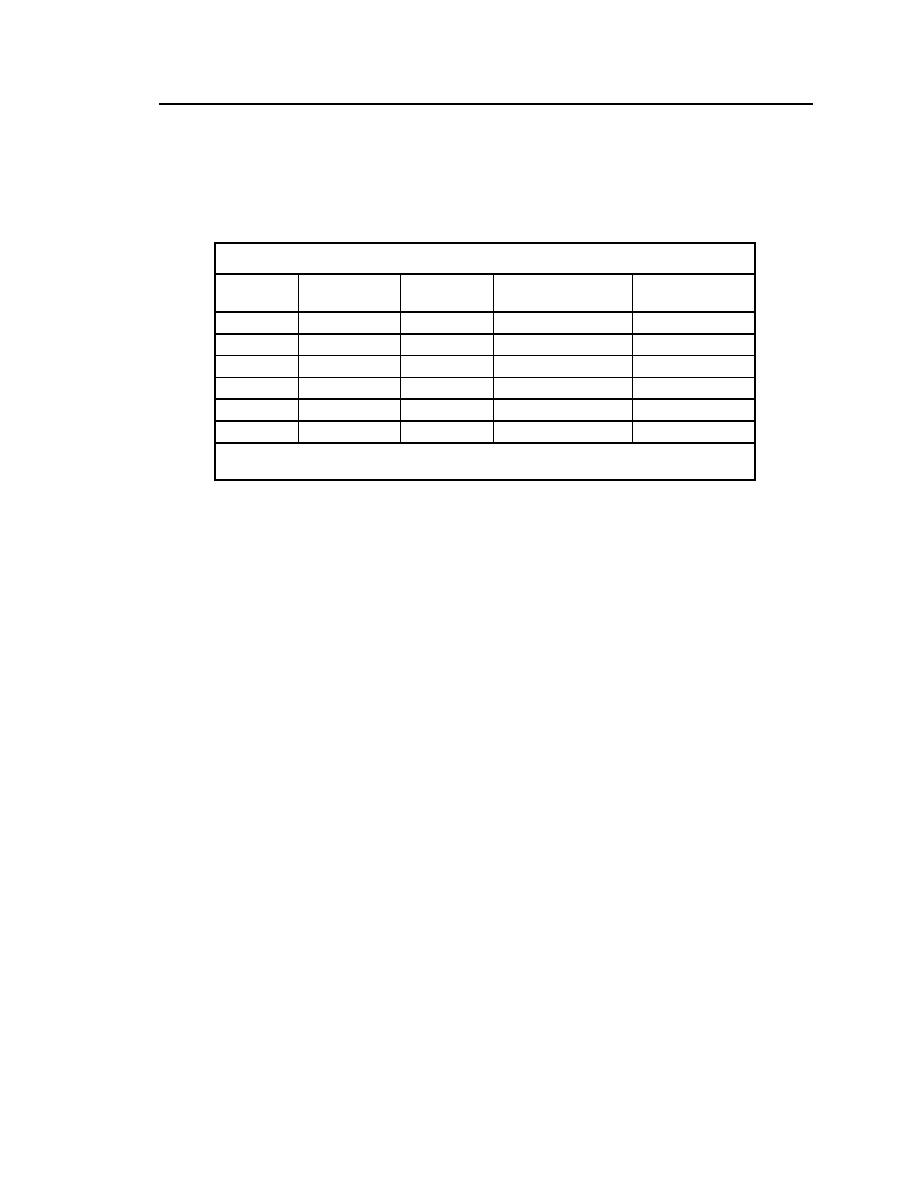
20
ERDC/CRREL TR-02-12
well as it collected the sample. We believe that the surging action and banging
against the walls of the well were responsible for the elevated turbidity.
Table 2. Turbidity readings of the samples.
Sample
Kabis
Discrete Interval
PneumoBailer*
number
HydraSleeve*
Sampler*
Sampler*
1
1.0
3.6
2.6
7.6
2
8.8
3.0
2.4
3.6
3
8.2
5.2
1.0
2.6
4
7.4
6.3
1.8
1.4
5
6.7
3.3
0.6
1.6
6
9.9
1.7
2.2
2.1
* The samplers were tested in the following order starting with HydraSleeve, Discrete
Interval Sampler, PneumoBailer, and Kabis Sampler.
With respect to decontamination, the HydraSleeve and diffusion bag
samplers are disposable and thus do not require decontamination. The remaining
three devices were all relatively easy to decontaminate. Again, however, the size
and weight of the PneumoBailer made it more cumbersome to handle, and it
required a larger cleaning vessel than the other devices.
Analytical results from the standpipe experiments
The complete data sets for the replicate samples for each sampler and study
can be found in Appendix A, Tables A1A6.
Explosives study
The variability between the replicate samples taken with the various devices
was generally very low (Table 3). The late eluting 2,4-DNT had the highest
relative standard deviations (RSDs), but even those were less than 8%.
There were no significant differences between the concentrations of ex-
plosives in the control samples vs. those collected with the Discrete Interval
Sampler, HydraSleeve sampler, Kabis Sampler, or PneumoBailer (Table 4). In
contrast, even after 18 days' equilibration, representative concentrations of the
explosives could not be obtained with the diffusion bag samplers. In fact, we did
not detect any HMX or RDX in the bag samplers. It appears that the ability to
recover these analytes corresponds roughly with the compound's molecular size,
as the highest concentrations recovered were with the smaller DNB, then TNB,



 Previous Page
Previous Page
